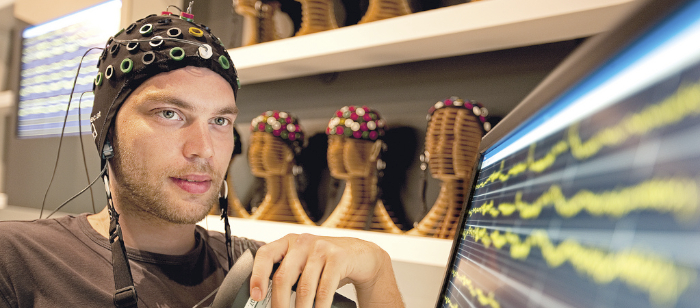
FSO-MANETs: Free-Space-Optical Mobile Ad-Hoc Networks
Dr. Murat Yuksel
Computer Science and Engineering
University of Nevada, Reno
1:00pm Monday 27 February 2012, ITE 325b, UMBC
The recent proliferation of wireless technologies and choices available to user applications has triggered a tremendous wireless demand, and wireless nodes are expected to dominate the Internet soon. Reports show that usage of mobile Web and WiFi by smartphones is increasing sharply, with more than 80% of their data consumption landing on WiFi points, and this statistic does not even include a major smartphone brand, the iPhone. Accommodating this exploding wireless demand with cellular capacity does not seem possible in the long run. As the radio spectrum (RF) spectrum is getting scarcer and saturated by recent innovations in attaining high spectral efficiency gains such as hierarchical cooperative MIMO, we urgently need innovations that will enable leveraging of new wireless spectrums and substrates in order to respond to the exploding mobile wireless traffic demand. Further, the capacity gap between RF wireless and optical fiber backbone speeds will remain huge because of the limited availability of RF spectrum. Enabling optical spectrum in wireless communications is the needed revolution for ultra-high-speed mobile ad-hoc networks (MANETs) of the future.
In this talk, I will present our work on exploring the potential for free-space-optics (FSO), a.k.a. optical wireless, in the context of very-high-speed mobile ad-hoc and opportunistic networking. We introduce basic building blocks for MANETs using FSO and present initial prototypes for multi-hop FSO building blocks and protocols operating under mobility. 3-D spherical structures covered with inexpensive FSO transceivers (e.g., LED/VCSEL and photo-detector pair) solve issues relevant to mobility and line-of-sight (LOS) management via availability of several transceivers per node. Such structures facilitate electronic LOS tracking (i.e., “electronic steering”) methods instead of traditional mechanical steering techniques used in FSO communications. By abstracting FSO directionality and LOS characteristics, our work also explores issues relating to routing and localization, and develops layer 3 protocols. FSO has been used at high-altitude communications, and this research enables FSO communications at lower-altitudes and in ad-hoc settings with redundancy of cheap optoelectronic components. This research also contributes to the new application of using solid-state lighting technology due to potential integration of illumination and communication functions in the same devices. Please refer to our project website for further information.
Murat Yuksel is an Assistant Professor at the CSE Department of The University of Nevada – Reno (UNR), Reno, NV. He was with the ECSE Department of Rensselaer Polytechnic Institute (RPI), Troy, NY as a Postdoctoral Research Associate and a member of Adjunct Faculty until 2006. He received a B.S. degree from the Computer Engineering Department of Ege University, Izmir, Turkey in 1996. He received M.S. and Ph.D. degrees from Computer Science Department of RPI in 1999 and 2002 respectively. His research interests are in the area of computer communication networks with a focus on protocol design, network economics, wireless routing, free-space-optical mobile ad-hoc networks (FSO-MANETs), and peer-to-peer. He is a senior member of IEEE, life member of ACM, and a member of Sigma Xi and ASEE.
Host: Anupam Joshi







